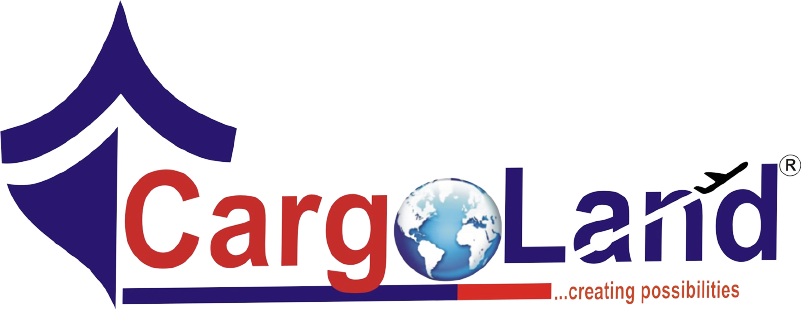Yard and facility management have historically been a significant supply chain blind spot, writes Tom Perrone (pictured below), SVP Global Professional Services at project44. Yet, the challenge of moving assets through various warehouses continues to put the delivery of goods at risk. In fact, McKinsey estimates that up to 19% of logistics costs stem from inefficient mid- and last-mile interactions, amounting to an average loss of $95 billion a year.
The reality is that when shippers have assets moving through various warehouses or distribution centres (DC), and a challenge arises, it will undoubtedly impact the final delivery of a shipment. Meanwhile, facilities or DCs often lack visibility into what goods are delivering to their warehouses and the estimated time of those deliveries. Some of these gaps are covered by a warehouse management system (WMS)… but not all.
Due to the manual or outdated processes that yards continue to operate, there is poor collaboration with drivers around delays or appointment scheduling. As a result, shippers experience increased yard overhead costs, extended trailer dwell times, and ultimately missed shipment delivery windows, all of which disrupt supply chain operations increase costs, and negatively impact customer satisfaction.
The impact of ineffective downstream supply chain operations is clear, particularly when you consider that 58% of consumers are unlikely to shop with a retailer who missed their promised delivery date. This highlights that yard management has the potential to determine whether logistics firms win repeat business and expand their customer base beyond this important Golden Quarter. So, how can logistics firms overhaul the manual appointment processes that slow down their operations and hinder customer satisfaction?
Removing logistics blind spots
Effective collaboration between facility personnel and carriers is crucial for smooth yard operations. Without appointment management capabilities in place, for example, facilities can easily become overwhelmed by a flood of phone calls and emails from carriers trying to schedule inbound or outbound pickups, as well as managing labour planning within the facility. This creates bottlenecks and inefficiencies, slowing down overall operations and disrupting productivity.
Investing in a robust yard appointment management solution is now a strategic move that can yield significant benefits, driving operational excellence and competitive advantage in the logistics industry. When crafting logistics strategies for 2025, the three most important factors to consider for optimised yard appointment management includes:
1. Overhaul manual scheduling with automated solutions
To eliminate manual scheduling, site administrators should automate the slot booking process. With advanced scheduling configurations, for example, administrators can set precise parameters for both gate and dock schedules, including custom time blocks, holiday adjustments, and day-based exceptions. Once these are in place, carriers can book slots independently through a self-service system, reducing back-and-forth communication. Additionally, administrators can pre-set automatic bookings for frequent carriers, ensuring a seamless experience for both the facility and its regular visitors.
2. Align labour planning with inbound and outbound schedules
Labour planning is essential to effective yard management, ensuring the right personnel are available at the right time to meet operational demands. When done well, labour planning boosts productivity, reduces costs, and drives overall efficiency. However, achieving this requires real-time data on trailer ETAs, warehouse performance, and inventory levels. Without these insights, warehouses will struggle to accurately track trailer arrivals and departures, leaving them in the dark about early or late arrivals and compromising scheduling accuracy.
3. Utilise real-time ETAs to streamline loading and unloading
Meeting customer demands requires warehouses to prioritise unloading the right trailers at the right time. It all starts with tracking the driver’s ETA en route to the facility. Using smart geofencing, warehouses gain precise visibility into a driver’s real-time location, providing an accurate ETA. Once a driver enters the geofenced area, the warehouse team can see their approach and adjust unloading schedules as needed, even reallocating trailers to new dock doors. This level of insight enables teams to handle unexpected delays, prioritise urgent containers, and keep operations running smoothly, without relying on carrier signals.

Digitalisation is the key to effective yard management
In the complex world of logistics and supply chain management, efficiency and precision are paramount. Fortunately, the evolution of technology continues to shape the future of yard management. This includes the integration of AI and machine learning to predict and optimise yard appointment operations, reduce costs and enhance customer satisfaction. As these technologies continue to advance, so will our capabilities to transform the way yards are managed.
Given that efficient yard appointment operations directly impact delivery times and service levels, solutions to digitise and automate manual processes will play a significant role in enhancing customer satisfaction and strengthening customer relationships.
Next year, logistics companies should prioritise tech investments that enable more streamlined collaboration between facility personnel and carriers, to ensure that shipments are transferred in and out of a facility on time, and exceptions are communicated upstream to the customer. The alternative is continuing to be burdened by constant calls and emails to coordinate appointments – and, above all, face failure to better serve customers.
The post Will 2025 be the year we finally Remove Logistics Blind Spots? appeared first on Logistics Business.


